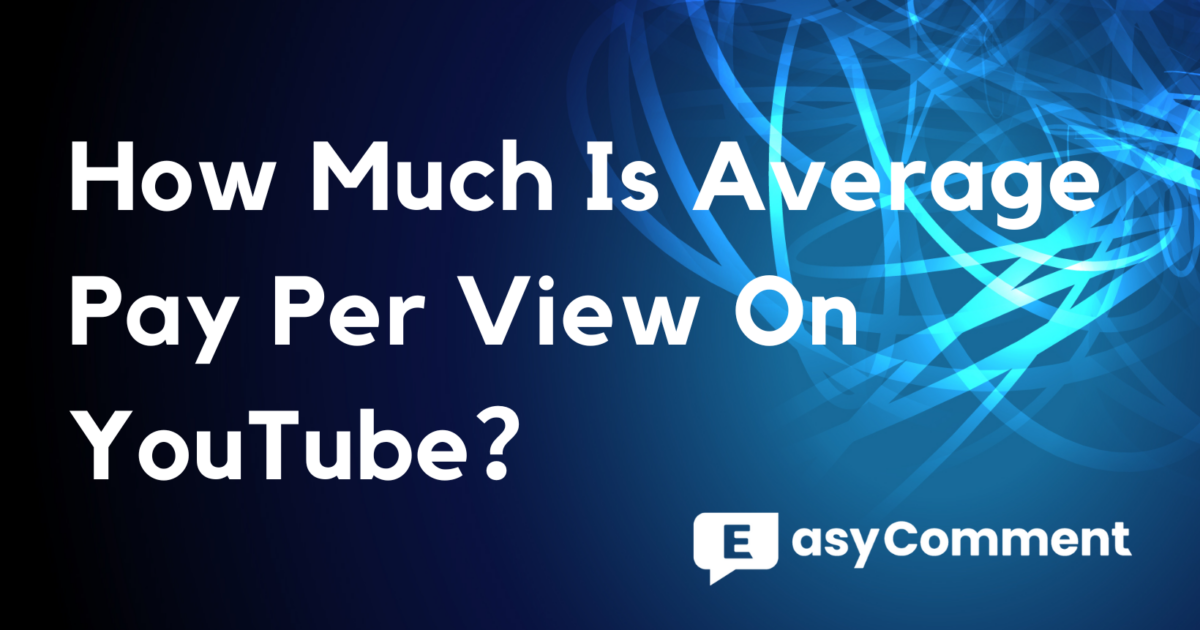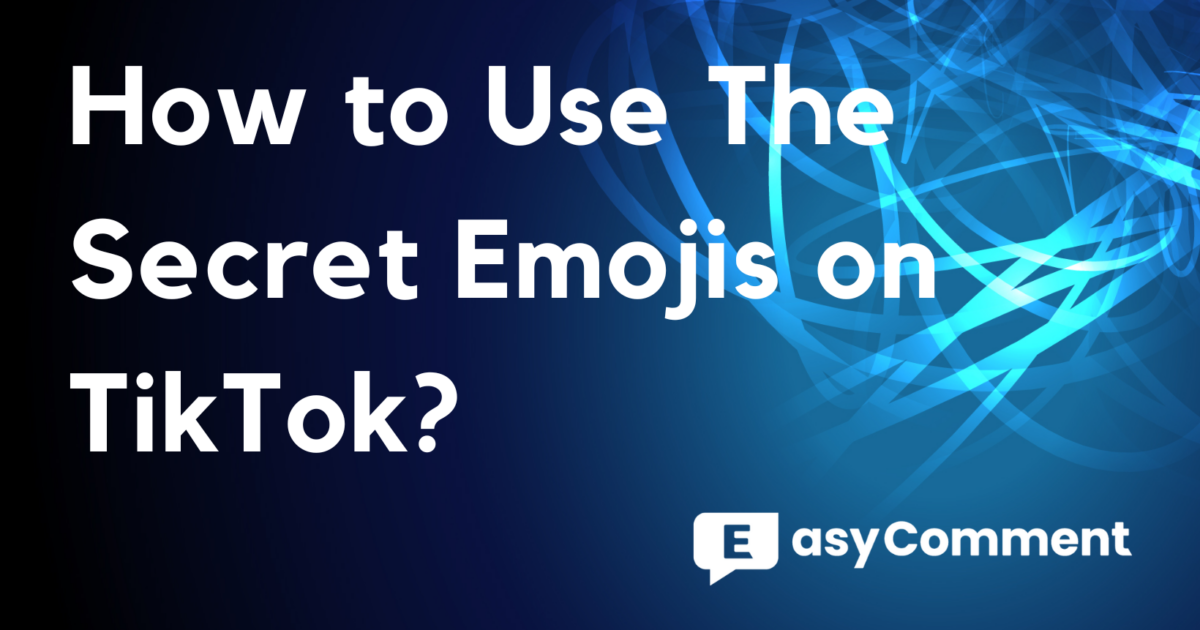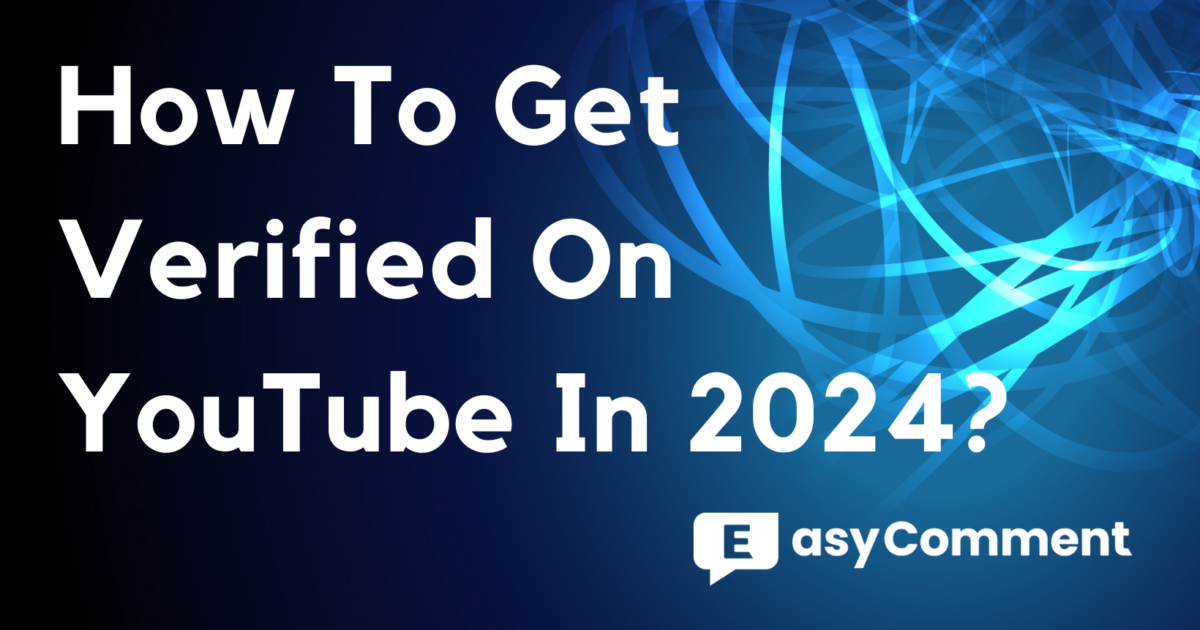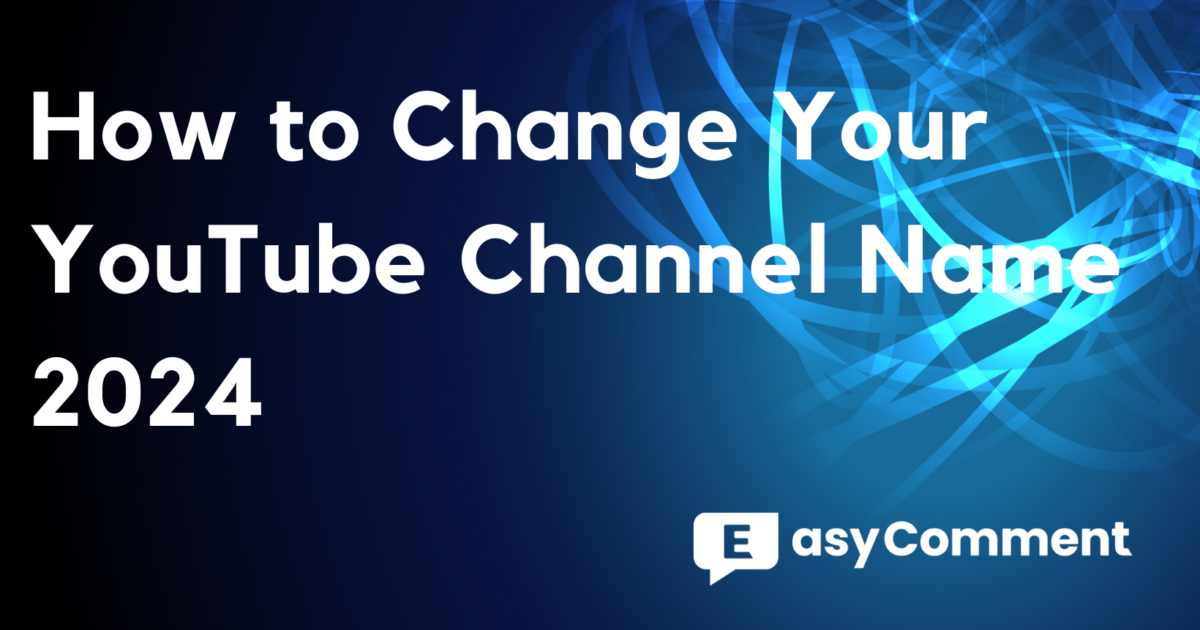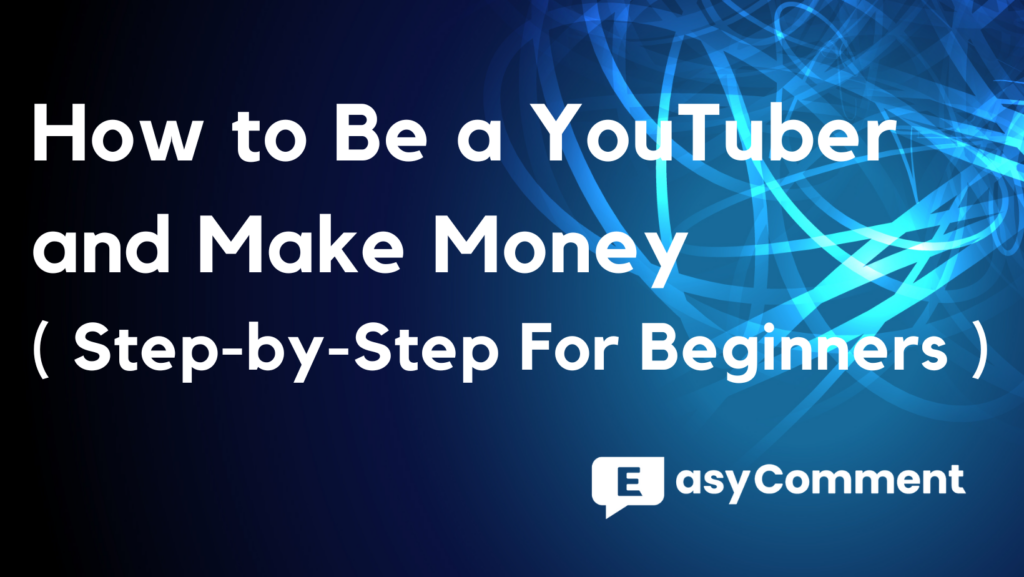
In today's digital age, when you ask children what they aspire to be when they grow up, you'll hear a range of answers from nurses and firefighters to tech innovators. However, with the boom of social media, an increasing number of young dreamers are setting their sights on carving out a career as YouTubers. Driven by a desire for creative freedom, the appeal of being their own boss, and the convenience of working from home, the path to becoming a YouTuber is no longer seen as an unattainable dream.
But the journey to becoming a YouTuber is not without its challenges. It requires not only a knack for creating compelling content but also an understanding of complex algorithms, mastery of video production techniques, and a constant willingness to adapt and learn. Much like entering the professional sports or music industries, while the opportunity for success exists, not everyone will become famous and make a living out of it.
Nonetheless, the staggering monthly visitor count of 1.7 billion on the YouTube platform attests to its immense potential. If you're ready to embark on the journey of becoming a YouTuber, now is the time to dive deep into the secrets of success, from basic video production skills to advanced monetization strategies. This article will serve as a comprehensive guide from launching to growing your channel. Whether your goal is to share your passion, create for fun, or pursue a career, valuable insights await you here. Let's begin this journey together and unlock the door to becoming the next YouTube sensation.
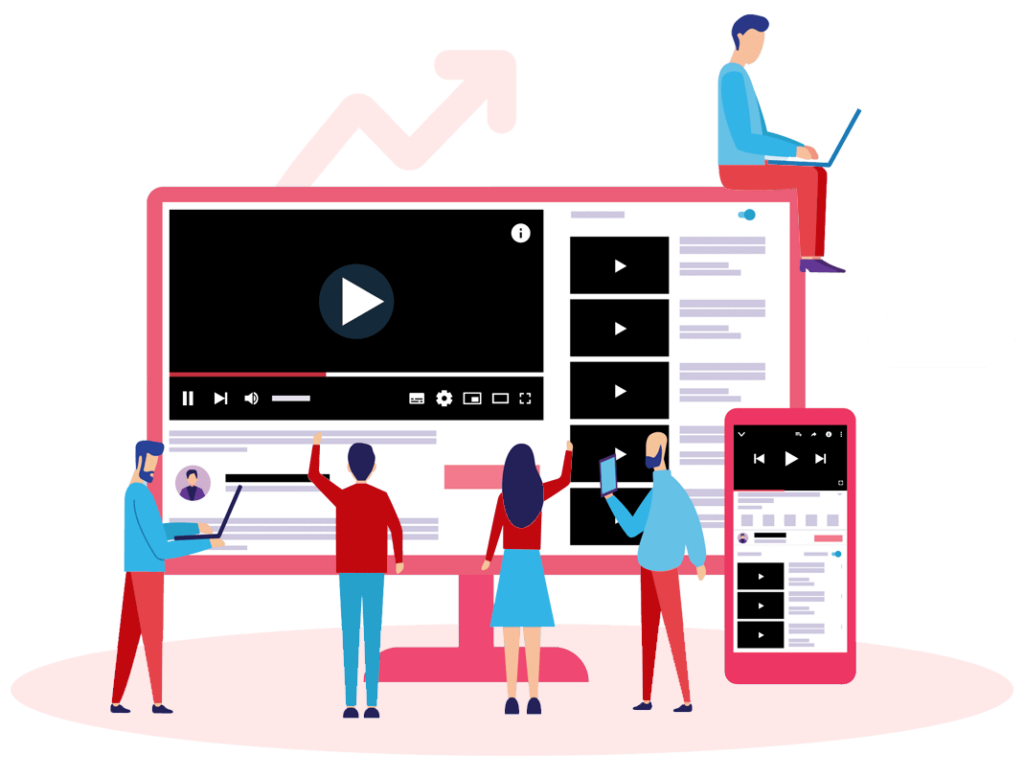
1. How Much Money Do YouTubers Make?
In the ever-evolving landscape of digital content creation, the potential earnings of YouTubers have become a topic of much curiosity and speculation. The truth is, there's no one-size-fits-all answer to how much money YouTubers make. Earnings vary widely due to a multitude of factors, including audience size, engagement rates, and the monetization strategies employed.
At the heart of a YouTuber's income are the views and subscribers, but these numbers only scratch the surface. The real earning potential comes from how these creators leverage multiple revenue streams. From the YouTube Partner Program, which allows ads to be placed in videos, to affiliate marketing, merchandise sales, crowdfunding, content licensing, and brand sponsorships, the avenues for income are diverse.
For a bit of perspective, consider the YouTube Partner Program, where creators earn money directly from views. Here, the average pay is around $18 for every 1,000 views, but this rate can fluctuate based on a channel's audience demographic and the type of content produced. Beyond ad revenue, top creators diversify with merchandise sales, direct fan contributions through platforms like Patreon, and lucrative brand deals, often making significantly more than what ads alone can offer. If you want to learn more about YouTube monetization strategies, click here.
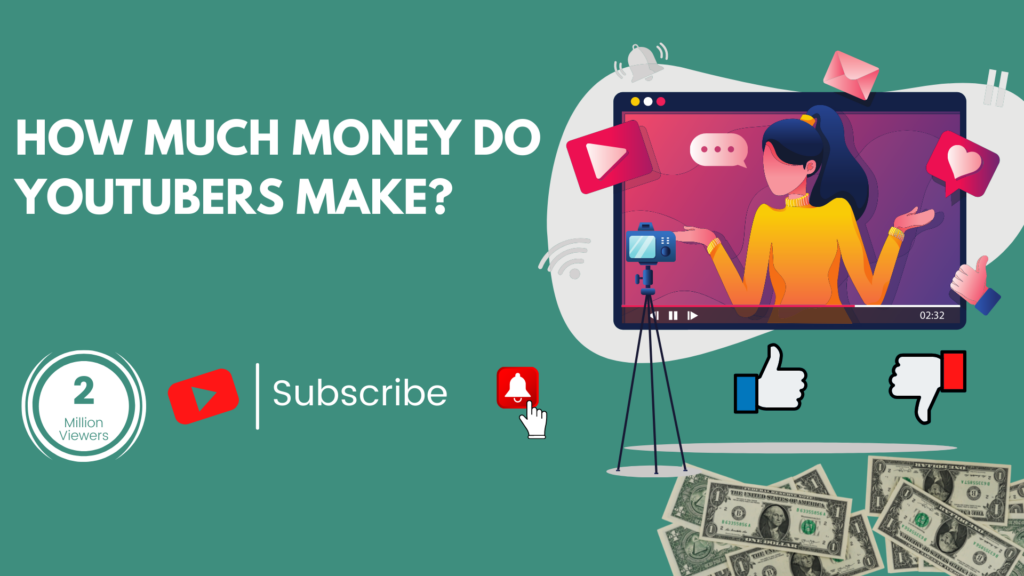
2. How to become a YouTuber: Essential skills you need
Embarking on a YouTube career isn’t just about hitting record and hoping for viral success. It’s a journey that demands creativity, strategic content planning, and a thorough understanding of the digital platform. Here’s a breakdown of the essential skills needed to carve out a successful path on YouTube:
Creative Content Development: The cornerstone of any successful YouTube channel is the ability to generate ideas that stand out. Originality in content creation not only sets your channel apart but also piques the interest of viewers. Aim to deliver content that is fresh, engaging, and offers something new beyond the trending topics.
In-depth Content Research: Behind every engaging YouTube video is a foundation of solid research. Whether it’s using credible sources to back your narratives or diving deep into topics, well-researched content builds trust with your audience and positions your channel as a go-to source for information and entertainment.
Video Editing Proficiency: The magic of storytelling on YouTube often lies in post-production. A basic to intermediate skill set in video editing can transform raw footage into captivating content. Familiarity with editing software and a knack for visual storytelling are essential to produce polished, viewer-ready videos.
Platform Insight: Understanding the intricacies of YouTube is vital for growth. This includes deciphering the algorithm, adhering to the platform’s guidelines, and analyzing the content strategies of successful YouTubers. Knowledge of YouTube’s mechanics helps in optimizing your content for better visibility and engagement.
Target Audience Clarity: Knowing your audience is crucial in creating content that resonates. Identifying viewer preferences, pain points, and interests enables you to tailor your content strategy to meet the needs and expectations of your audience, fostering a loyal community around your channel.
In conclusion, becoming a YouTuber is a multifaceted process that extends beyond the camera. It involves a blend of creativity, research, technical skills, platform knowledge, and audience insight. By honing these essential skills, you pave the way for a rewarding YouTube journey filled with growth, engagement, and opportunities to impact your viewers positively.

3. How to Become a YouTuber: A Step-by-Step Guide
Becoming a successful YouTuber isn't just about uploading videos; it's about carving a niche, connecting with your audience, and continuously evolving your content strategy. Here's a detailed guide on embarking on your YouTube journey:
Step 1: Carve Your Niche
Identifying a unique niche is foundational. It should intersect your passion and a gap or specific demand in the market. For instance, if you're into gaming, consider niching down to retro games or indie game reviews. The specificity of your niche helps in attracting a targeted audience who shares your interests.
Step 2: Deep Dive into Audience Understanding
The success of your channel is directly tied to how well you connect with your audience. Conduct research to understand their demographics (age, location), interests (what other channels they watch), and behavior (when they are most active on YouTube). Tools like Google Trends and YouTube’s Analytics can offer insights into what your target audience is seeking.
Step 3: Define Purpose and Goals
Clarify why you’re starting your YouTube channel. Goals can range from educating your audience, providing entertainment, building a community around a shared interest, to generating income. Setting clear, measurable goals (e.g., reach 1,000 subscribers in six months) will guide your content strategy and measure success.
Step 4: Content Planning and Scheduling
Content is the core of your YouTube channel. Begin with brainstorming content ideas that not only interest you but also provide value to your audience. Plan a content calendar that outlines what videos you'll post and when. This helps in maintaining consistency, which is key to growing your subscriber base.
Step 5: Setting Up Your Channel
Create your YouTube channel with a compelling name, an engaging banner, and a clear, concise description that communicates what your channel is about. Your channel’s visual elements (profile picture, banner) should reflect your brand personality and appeal to your target audience.
Step 6: Equip for Quality Content
While starting with basic equipment is okay, investing in quality video and audio gear enhances your content's appeal. Consider a good camera, microphone, lighting, and reliable editing software like Adobe Premiere Pro or Final Cut Pro to produce visually appealing and high-quality videos.
Step 7: SEO Optimization
Your videos need to be discoverable. Use relevant keywords in your video titles, descriptions, and tags to optimize for YouTube’s search algorithm. SEO tools like VidIQ or TubeBuddy can help you find keywords that increase your videos' visibility.
Step 8: Engage and Build Community
Engagement is crucial for channel growth. Respond to comments, ask for feedback, and encourage viewers to subscribe. Consider creating community posts or hosting live Q&A sessions to interact with your audience directly and build a loyal community.
Step 9: Utilize Analytics for Strategy Refinement
YouTube provides detailed analytics that can help refine your strategy. Pay attention to metrics like watch time, engagement rate, and subscriber growth to understand what works. Use these insights to adapt your content strategy and improve video performance. If you want to learn more about YouTube Analytics, click here.
Step 10: Explore Monetization Options
Once you meet YouTube’s eligibility criteria, explore monetization options to earn revenue from your channel. This could include ad revenue, sponsorships, affiliate marketing, and selling merchandise. Diversifying your revenue streams can help sustain your channel in the long term.
Step 11: Cross-Promotion
Don’t limit your promotion to YouTube. Share your videos on social media platforms, embed them in blog posts, or collaborate with other creators to expand your reach. Cross-promotion helps in attracting new subscribers from various sources.
Step 12: Persistence and Evolution
Growth on YouTube requires patience and persistence. Stay committed to your posting schedule, continually strive to improve your content, and stay abreast of the latest YouTube trends and algorithm changes. Adapting to feedback and evolving your content will help you stay relevant and grow your channel over time.

Following this detailed guide, incorporating strategic planning, consistent content creation, engagement, and analysis, will set you on the path to becoming a successful YouTuber. Remember, the journey is as rewarding as the destination, offering opportunities for learning, creativity, and connection.
